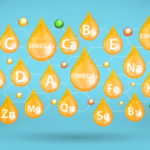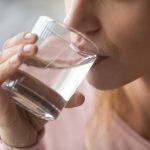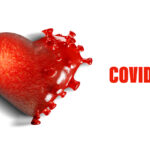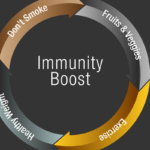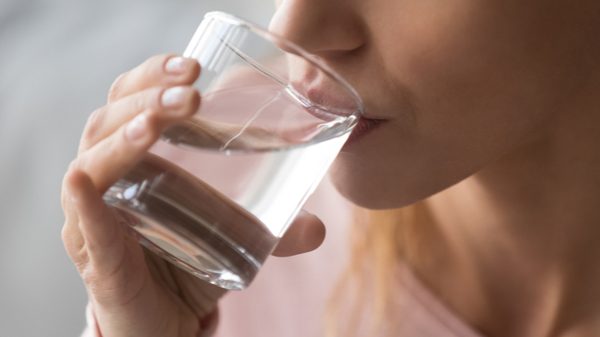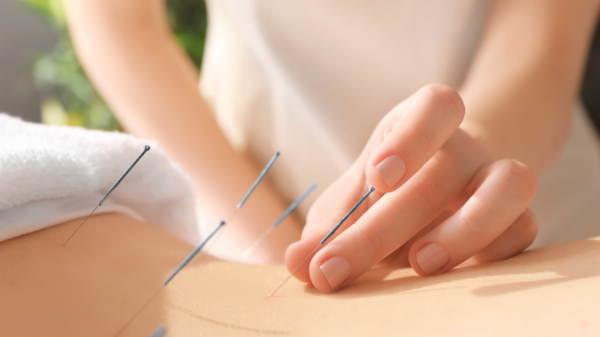“Ketogenic” is used for a low-carb diet. The basic concept is to get as many calories as can be from fat and protein and minimum from carbohydrates.
Carbs that are easily digestible should be avoided like soda, sugar, pastries and white bread.
Ketones explained
At the time when glucose levels are quite low, like during fasting, between meals, starvation and extensive exercise, adipose tissues allow the release of fatty acids and are utilized by cells mainly as an energy source (except for brain cells that allow fatty acid uptake).
Fatty acids are converted into ketone bodies in the liver, into acetoacetate that is then transformed into beta-hydroxybutyrate and acetone. Tissues like brains can utilize ketone bodies as an energy source.
How much fat, protein and carbohydrate you should eat in keto diet?
For the body to move to ketosis, a low quantity of carbohydrate intake is needed, an example, below 50 grams of carb every day.
Mild ketosis is sometimes reached by people with an increased level of carbohydrate while others need fewer amounts like people who are overweight or those with conditions related to metabolism need amounts less than 20 g every day.
The total number of carbohydrate without fiber is known as net carbs.
How Keto Diet Works?
If a person consumes carbs less than 50 grams every day, then less energy is produced by the body as it utilized the carbs quickly.
This happens in 3 to 4 days. Then the body starts using fat and protein by metabolizing them, which leads to loss of weight, also known as ketosis.
The ketogenic diet is used for a shorter duration of time that helps in weight loss instead of usual gain for health benefits.
Who Uses Keto diet?
Weight is lost by people who use the ketogenic diet, while it also helps in taking care of medical issues like epilepsy.
People dealing with heart disease, acne or brain diseases may also be helped with the use of this, but more research is required.
If you have Type 1 diabetes, it is advised to ask a doctor regarding the use of a ketogenic diet and any safety aspect.
Health Benefits of Keto Diet
1. Keto diet Reduces Appetite
The worst effect that occurs due to dieting is excessive hunger. It is among the many reasons why people feel bad and decide to give up altogether.
Appetite is lowered by low-carb intake. Studies have observed that people whose intake has more fats and proteins and fewer carbs have fewer calories intake.
2. Keto diet Leads for Weight Loss
For losing weight, the most effective method is to lower carb intake. People who have lower carb intake tend to lose weight more quickly than those who start a low-fat diet, despite the cut back on calories.
This happens because the body loses water on low-carb diets, which decreases insulin levels and lowers weight in people within a week or two.
Comparison seen between low-carb and low-fat diets proves that two or three times more weight is lost by people who do have less intake of carb and have less appetite.
3. Keto diet for fat loss
Your body has different types of fat. Health and chances of disease are affected by the place where fat is reserved.
The two most prominent fat types are subcutaneous fat, found underneath skin and visceral fat, present around the abdominal cavity and are found mostly in obese men.
Visceral fat wraps around different organs. The increased amount of visceral fat is related to insulin resistance and inflammation and is responsible for metabolic conditions now found commonly in the West today.
4. Keto diet for Triglycerides
Triglycerides, which are fat molecules, are present in the bloodstream. If, after an overnight fasting time, high levels of triglycerides are found in blood, then that means an increased risk of heart disease.
Carb intake is one of the main reasons for high levels of triglycerides in normal people, which is also due to simple sugar fructose.
5. Keto diet for ‘Good’ HDL Cholesterol
High-density lipoprotein (HDL) is also known as ‘good cholesterol. Chances of heart disease are reduced with high levels of HDL in comparison with LDL, which is ‘bad cholesterol.
The best way to improve ‘good’ HDL levels is by consuming more fat, and low-carb food has a good quantity of fat. It is expected to see increased HDL levels by consuming a healthy, low-carb diet, even though they increase slowly or reduced on low-fat diets.
6. Keto diet for maintaining Blood Sugar levels and Insulin Levels
Many people’s plagued with diabetes and insulin resistance can be helped by the use of a ketogenic diet and a low-carb diet.
Insulin and blood sugar are decreased greatly by lowering carb intake, as seen in some studies.
Insulin dose is decreased by 50% in those diabetic patients that start a low-carb diet. A study with people having Type 2 Diabetes showed a 95% decrease in sugar reducing medication in just six months’ time.
7. Keto diet for Lowering Blood Pressure
Increased blood pressure or hypertension is a great risk factor for the start of diseases like stroke, heart conditions and kidney failure.
For lowering blood pressure, low-carb foods should be consumed that also causes a decrease in other diseases.
8. Keto diet is effective Against Metabolic Syndrome
Metabolic syndrome is a condition that results in increased chances of heart disease and diabetes. Metabolic syndrome consists of various symptoms like:
- High triglycerides
- Increased blood pressure
- Increased blood sugar levels in fasting
- Abdominal obesity
- Lowered ‘good’ HDL cholesterol levels
- Having a low-carb diet results in curing all these symptoms. By this diet, these conditions are cured effectively.
9. Keto diet for Improving ‘Bad’ LDL Cholesterol Levels
Heart attacks are more likely to occur in people with elevated levels of ‘bad’ LDL. But the size of molecules is essential.
Small molecules have fewer chances of heart disease, while large molecules show more chances of heart disease.
A low-carb diet improves the size of ‘bad’ LDL molecules by lowering the amount of LDL particles available in the bloodstream. Reducing consumption of carb leads to good heart health.
10. Keto diet for Brain Disorders
Brains are able to burn off glucose, as it is able to utilize this type of sugar. If carbs are not taken in, then the liver metabolizes glucose from protein. Still, the brain is also able to burn off ketones, which are produced in starvation period or if carb intake is less.
This is the working of the ketogenic diet, which has been employed in order to treat epilepsy, especially in children on which drug treatment do not work. Children have been cured of epilepsy by following this diet.
A study showed about 16% of children being cured of seizure and 50% of kids who experienced a reduced number of seizures after following a ketogenic diet.
Simple Keto Diet Shopping List
If you are following the keto diet, then you should add proteins, healthy fats, and fresh produce to your meal plans.
The simple and effective keto diet shopping list includes:
- In meat and poultry, you should get ass chicken, beef, and turkey.
- In fish, you should take sardines, salmon, herring, and mackerel.
- Add eggs to your diet as they contain omega-3 fatty acids.
- In dairy products, add full-fat products such as heavy cream, unsweetened yogurt, and sour cream.
- In oils, add avocado and coconut oil to your diet plan.
- In seeds and nuts, you should add sunflower seeds, pumpkin seeds, chia seeds, peanut butter, and almond butter to your diet.
- In cheese, add cheddar cheese, cream cheese, goat cheese, and brie.
- In condiments, add pepper, vinegar, salsa, spices, olives, garlic, herbs, mustard, and sea salt.
- In vegetables, add both frozen and fresh vegetables such as cauliflower, broccoli, peppers, tomatoes, mushrooms, onions, and greens.
Final Verdict: Conclusion
Not many topics in nutrition science have as greatly been looked into as the beneficial uses of ketogenic diets and low-carb diet.
These diets help control blood pressure, blood sugar, and cholesterol as well as get rid of extra weight, appetite and decreases triglycerides level.
If you have a desire to improve health, try thinking of trying one of these diets.


